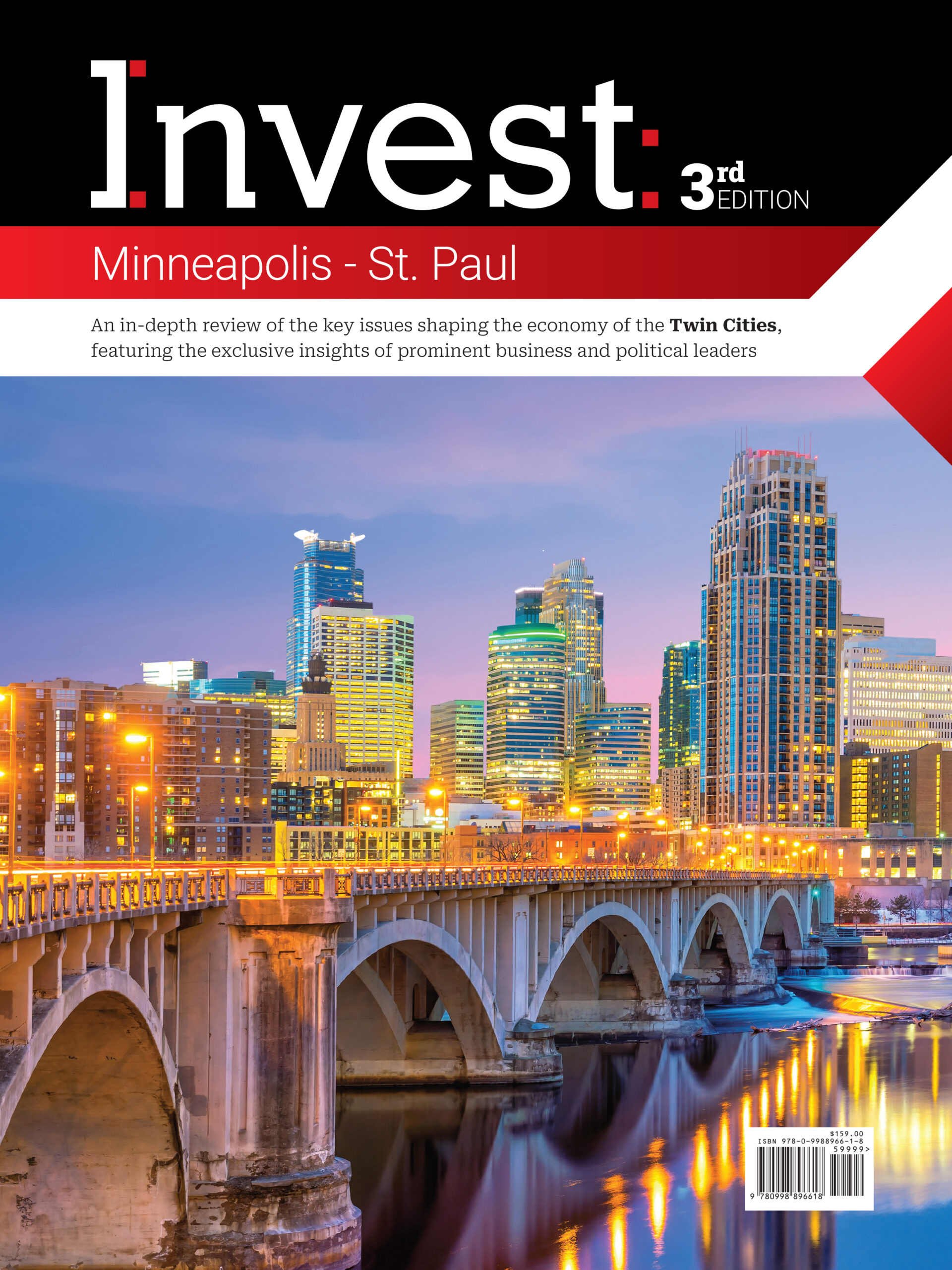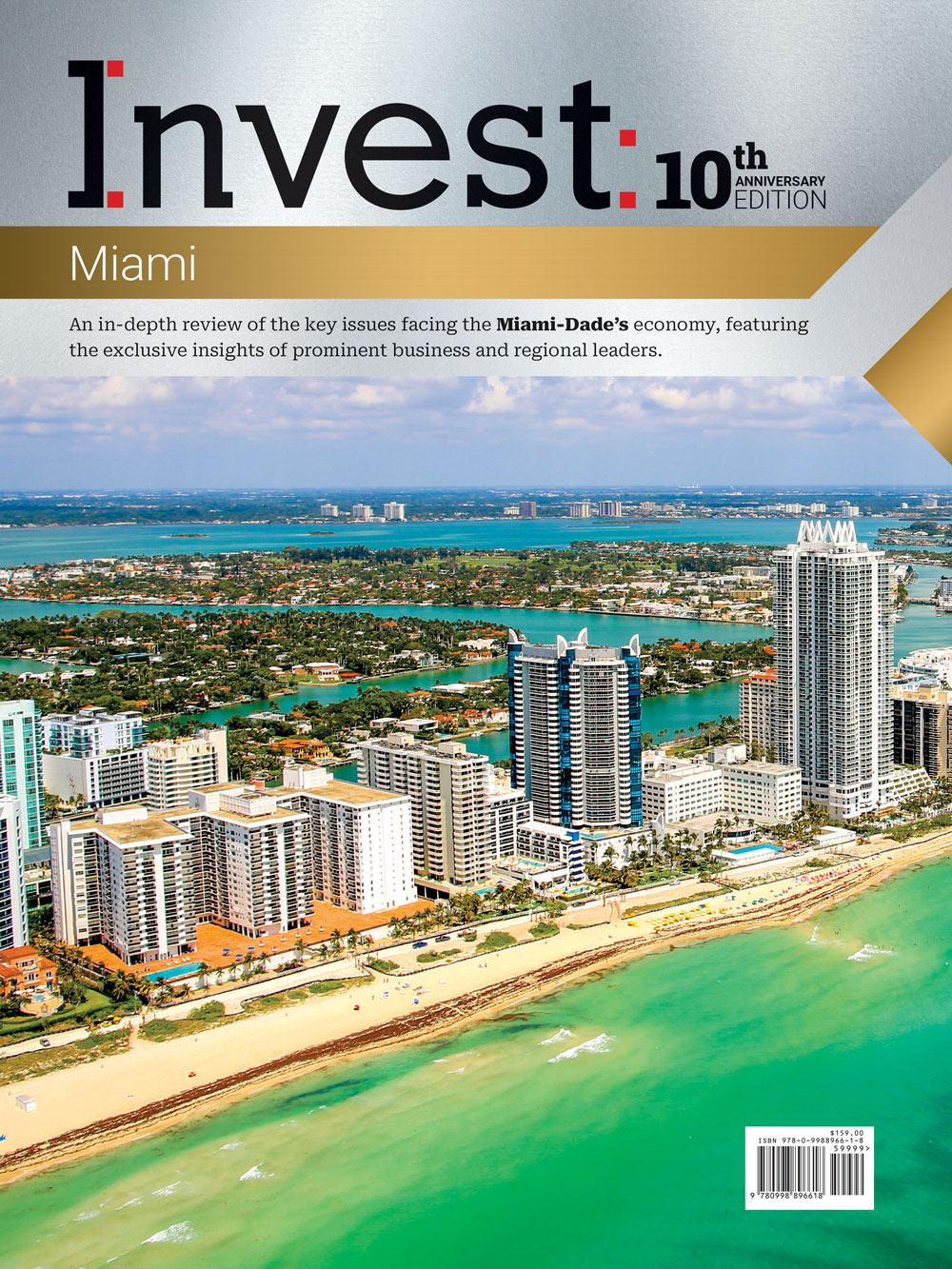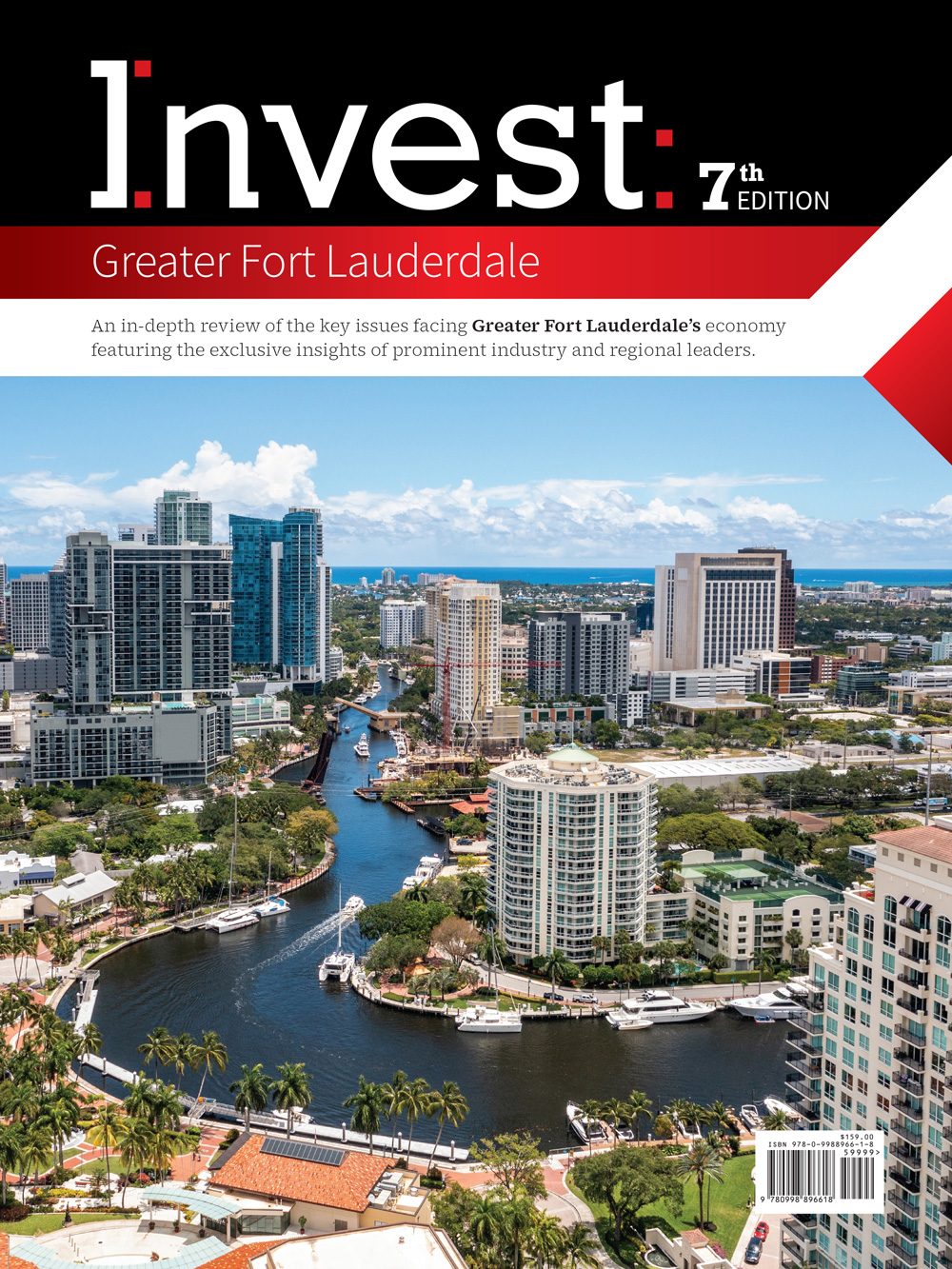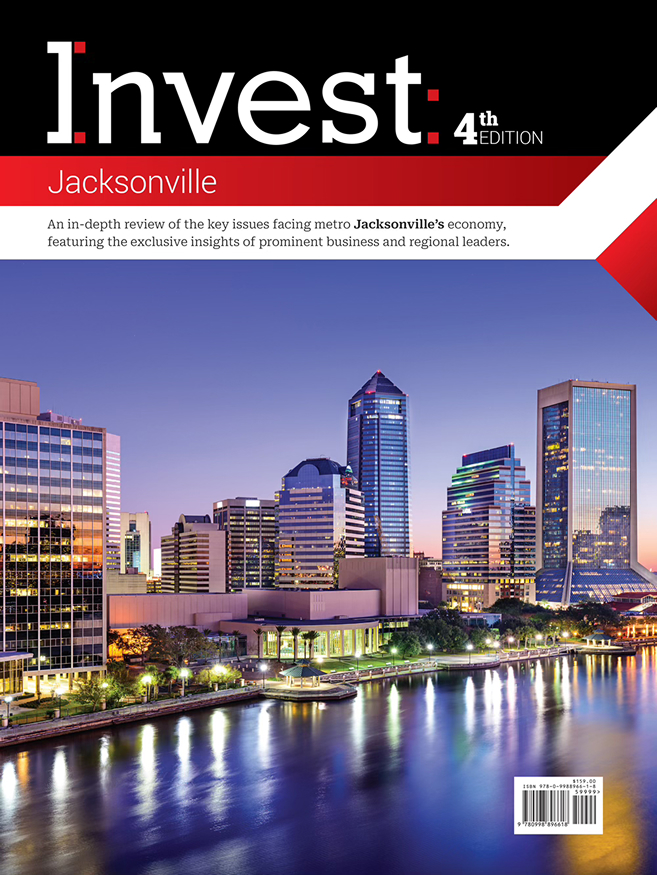Christopher Hopey, President, Merrimack College
In an interview with Invest:, Merrimack College President Christopher Hopey talked about several key achievements over the past year, including record undergraduate enrollments and the opening of a new $5 million life science facility. To support growth, a $90 million public-private partnership with Greystar will bring new housing for 550 undergraduates, enabling campus renovations. Future goals include attaining Carnegie R2 status, emphasizing applied sciences and addressing health disparities.
What have been some key achievements and milestones for the College over the past year?
We are one of the fastest-growing Catholic colleges in the country, with record undergraduate enrollments. The College recently opened a new $5 million life science research facility. And some of our faculty have been awarded major external funding grants from institutions including the National Science Foundation and the Centers for Disease Control and Prevention.
On the athletics side, we are Division 1 with 28 varsity sports. Northeast Conference Championships were won by women’s soccer, men’s basketball and women’s bowling – which was also the first Warrior team to earn a Division I automatic qualifier into the NCAA tournament. In addition to hosting championship games in football and men’s basketball games, we repeated as winners of the NEC Men’s Commissioner Cup. We are also excited about joining a new athletic conference this year, Metro Atlantic Athletic Conference (MAAC).
In what ways has the College adapted to support a growing student body?
Over the last few years we have expanded the campus footprint with new academic buildings and community spaces. Last fall we opened a new Student Union with a bowling alley and this fall we updated Lawler Arena, home to our Merrimack Warriors. We are finalizing a public-private partnership with the real estate and property management company GreyStar to build a new on-campus housing facility for 550 undergraduate students. This is a $90 million investment that will transform our campus and allow for continued growth. It will also enable us to renovate some of our existing on-campus housing to better serve our students, especially at the graduate level.
In what areas are you seeking to grow?
We want to become a Carnegie Classification of Institutions of Higher Education high research activity institution, known as a R2 research university, which would make us one of only a select group of institutions in the New England region. We believe this is a niche we can fill as we have academic and research strengths in applied life sciences, public health and engineering. Over the past few years, we have grown our graduate programs and offerings to meet the changing demands of the workforce.
What trends are you seeing within higher education?
The country is not decreasing in population but the number of 18-year-olds going to college will decrease over the next couple of years. For us, it is about market share and ensuring our programs are aligned and priced in a way that attracts prospective students to our undergraduate program.
Graduate education, certificates and workforce development is another growing trend in higher education. We have had tremendous growth with our graduate programs through our partnership with Noodle. They allowed us to grow our student base quickly and took a $3 million business up to $35 million this year. We also went from a couple hundred graduate students to almost 2,400 graduate students in just a couple of years.
We’ve had tremendous growth and opportunity that has allowed us to build out our infrastructure, and we have invested in a number of key online learning facilities including labs and studios.
We are also seeing changes in how people consume education. I don’t think people are going to consume four years of college at once anymore. Much like the European model, there is a trend of people consuming higher education in smaller batches. It requires positioning programs and products to meet the needs of the future workforce. We are now focused on launching a 96-credit three-year bachelor’s degree which we think will be attractive to many students looking to earn a degree at a lower cost and reduced time, but still have a rigorous secondary educational experience.
I also think there is going to be a renaissance of shorter noncredit programs that are industry-based. Thus far, we have been successful in planning for these trends and have continued to think about future students pursuing these types of programs.
How are you using technology to enhance the learning experience?
On the learning side, we have integrated a number of classrooms with hybrid capabilities and our facilities have all been upgraded. We have invested into professional development for our faculty, including the opening of a new teaching, learning and design studio. We also give significant support to research faculty pursuing external funding.
We are also using AI for a number of things; it is transforming the ways in which we operate. All of this needs to run on a strong IT system, so we have been investing in systems including mobile Merrimack ID cards and are updating our business operating systems.
How does Merrimack prepare students for the job market?
We have gone through a rigorous process of changing our core curriculum. We want all of our students to get a little more depth out of the curriculum. Going forward, every Merrimack College undergraduate student will earn an arts and sciences minor in a core curriculum.
Another effort is providing opportunities to combine majors, such as business and communications, into one bachelor’s degree. We expect that by 2030, 60% of incoming freshmen will have a combined major. Within that is experiential learning opportunities, from study abroad to internships to service learning, where students travel across the world to give back to places in need.
We are focused on providing personalized support and academic coaching through our Compass program for freshmen as they transition from high school to college. The generation coming through college now learns and works differently than previous generations, so we need to adapt to that. We are focused on the holistic individual and what they need to succeed, whether it is confidence boosters, soft skills or just helping them build a resume. The generations are different. It started before the pandemic, but it has really changed now.
The price of college is another factor that makes people just want to get in and out. It is controversial, but our goal is to recruit 50 other colleges in New England and 50 other major CEOs in the region to work together to create a major credential change in higher education focused on the three-year, 96-credit bachelor’s degree.
What strategies are in place to attract and retain faculty?
We made a decision early on in our strategic planning to support our faculty. We have multiple programs in place for faculty who are new to research as well as those who come to Merrimack with large research grants. We work with our faculty to enhance lab and learning spaces as needed.
We are able to provide competitive compensation, free food on campus and every couple of weeks we have a meet-up where faculty and staff can gather and socialize. We are very focused on professional development and training. Additionally, this past year 28 employees received a degree from the College as a benefit. We do everything we can, knowing we can’t beat private sector salaries. We do our best to provide a great quality of life for all of our employees and make it more attractive.
What are your top priorities for the next two to three years?
Merrimack has a lot of stability both financially and leadership-wise with a strong performance over the last 14 years while a lot of higher education is unstable, so it gives us confidence in what we are doing and lets us plan for the future and not overreact to market changes. That really matters for students and families. It lets them know there are things we want to achieve and we are capable of achieving them.
Among those dreams is being a Carnegie-classified R2 university. That has amounted to around $10 million in investments as well as planning to launch doctoral degrees. We want to continue training people for industry, though. We think we can do that through the sciences in the areas that matter will have the jobs of the future – where companies are looking for highly skilled researchers – to create an impact and further build up our reputation as a go-to university for the next generation of industry professionals and leaders.













